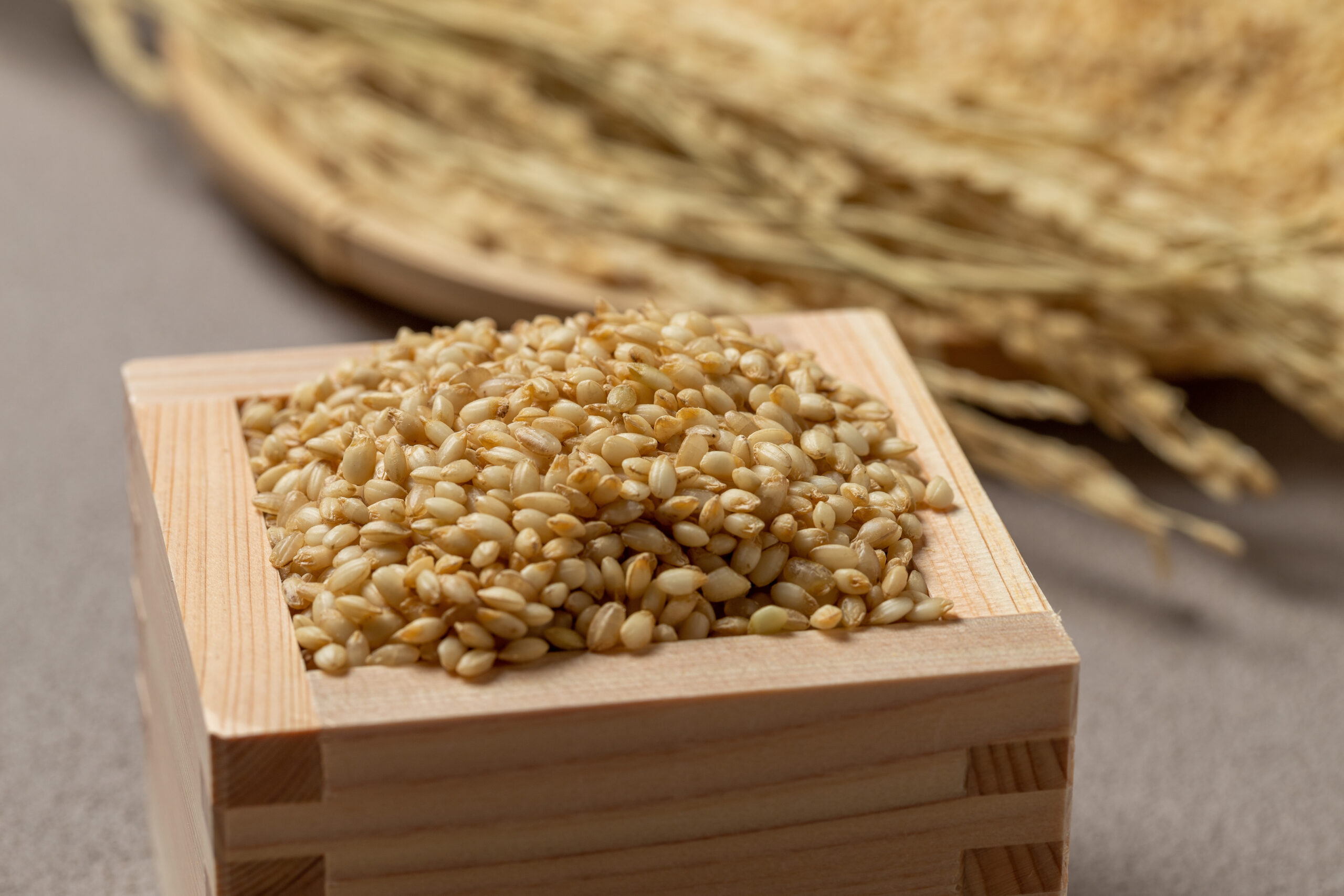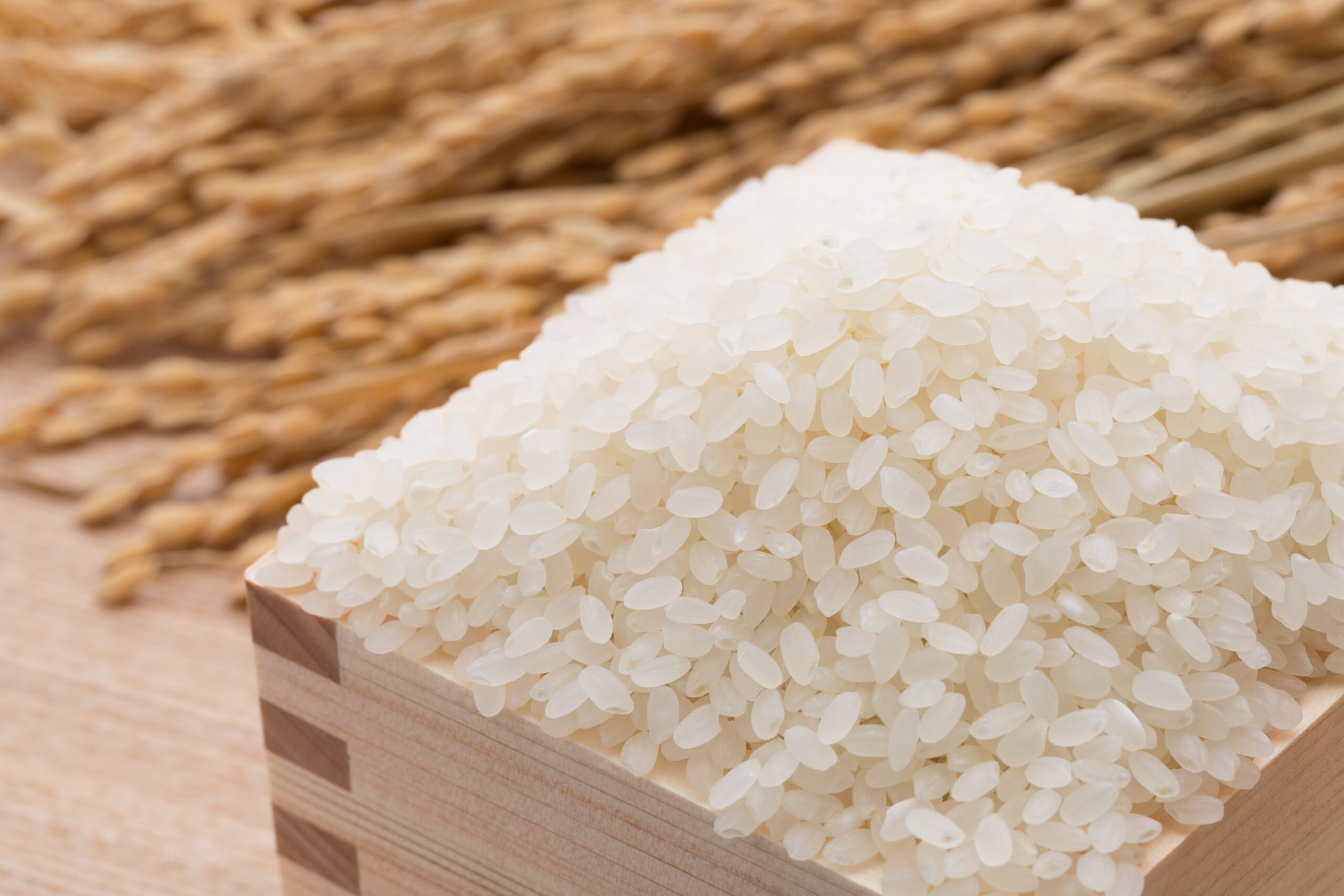About the best-before date of Japanese rice
Why does Japanese rice not have a best-before date?
Of the approximately 500 million tons of rice produced worldwide, only about 8 million tons, or 1.6%, is grown in Japan. However, in the unique rice-eating culture of Japan for about 2,000 years, rice has become a very significant food with particular attention to taste, aroma, texture, luster, and stickiness. We are sometimes asked, “Why does rice overseas have a best-before date, but Japanese rice does not?” This is because, as mentioned earlier, rice is a food that is evaluated very carefully in Japan, so it is considered and distributed as a fresh food, and like vegetables, meat, and seafood, it is mandatory to display the place of origin and processing date (milling date) (unprocessed vegetables are not required to display). Still, it is not mandatory to display the best-before date. However, we believe that rice’s original deliciousness is well preserved in the first one or two months after milling and storage in normal conditions.
When rice is in the brown rice state, it is protected mainly by the sub-surface layer, the wax layer, and the epidermis, and before milling, it is stored in an environment with constant temperature and humidity (temperature: below 15°C, humidity: around 70%). The sub-surface layer includes multiple layers, and some of the rice’s surface called the bran, remains in the polished rice, so it needs to be washed at home. Rice is polished before shipping, each layer (the so-called bran) is removed, and the quality gradually deteriorates.

After several months of normal storage, the color of the surface of the rice changes from light brown to yellow. the moisture level will decrease, the aroma will disappear, and the color will take on a new color (after 6 months to a year), so it is not recommended to eat it as regular rice, but it may be suitable for dishes that involve frying, baking, or boiling, such as fried rice, paella, doria, and risotto.
The display of the best-before date for export products
General rice bags have micro holes to degas so that the bag will not be torn even if heavy polished rice products are stacked on each other. It is best to consume it quickly within about 1-2 months, but if possible, we recommend transferring it to an airtight container such as a zip bag and storing it in the refrigerator (vegetable compartment) which will help to maintain the best quality up to about 6 months. There are also vacuum-packed and nitrogen-filled products, which have a best-before date of 1 year or 9 months assuming they are not opened, but even if unopened, depending on the storage environment, it is said that deterioration will progress in high temperatures and sunny environments, so we would like you to try the storage method mentioned above.
In foreign countries, it is generally mandatory to display the expiration date on food products, including rice, so we may display the expiration date/best-before date on export products as requested. Before doing so, the importer should be aware that the best-before date of Japanese rice is set at one to two months according to general understanding because the subtle aroma, natural sweetness, and stickiness will decrease over time. If rice is well-preserved in a dry and cool environment, a best-before date of one year may be displayed on the premise that the expiration date is the responsibility of the purchaser or importer. According to the purchaser, this is not a problem because overseas consumers have difficulty noticing the subtle aroma and sweetness unique to Japanese rice.




